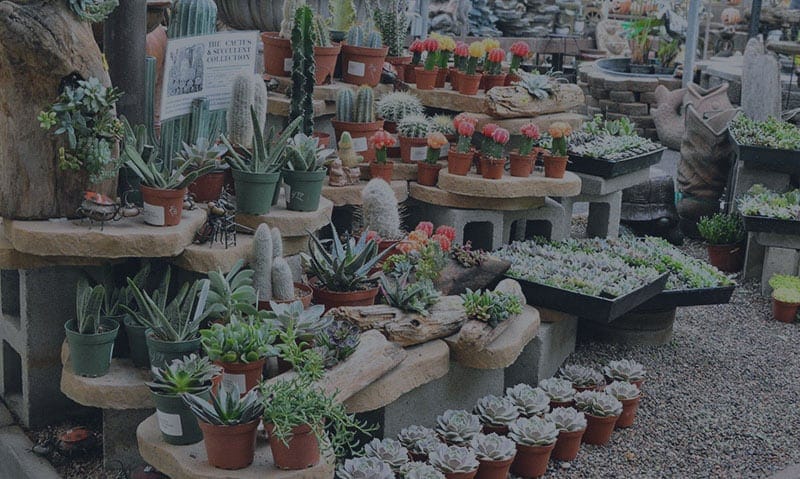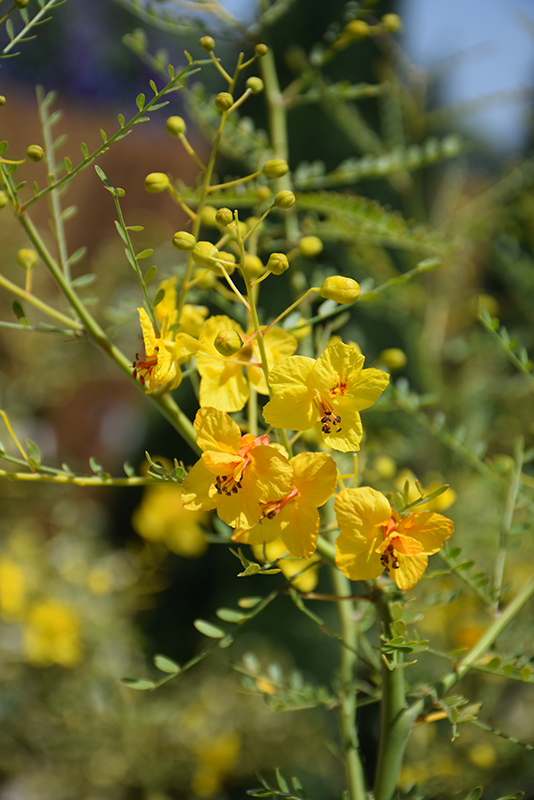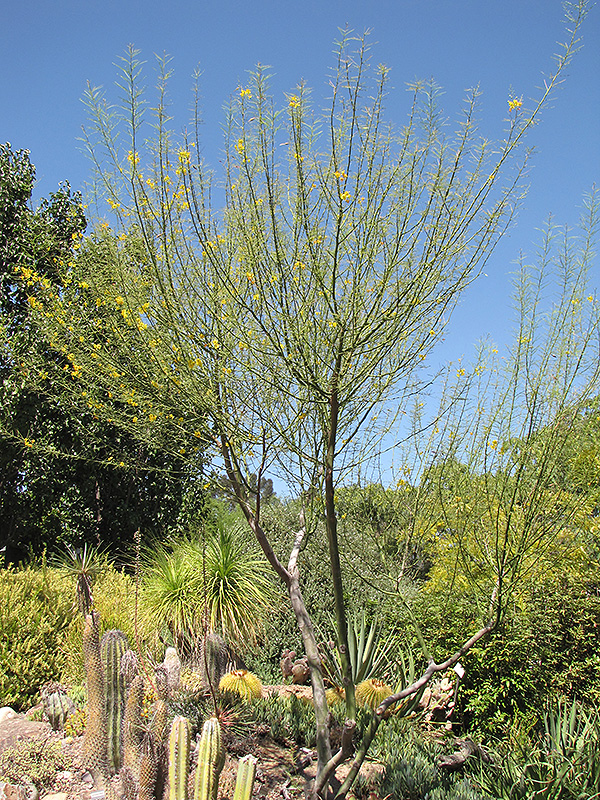Desert Museum Palo Verde
Cercidium 'Desert Museum'
Height: 20 feet
Spread: 30 feet
Sunlight:
![]()
Hardiness Zone: 6b
Other Names: Parkinsonia Desert Museum Palo Verde
Group/Class: Parkinsonia Hybrid
Description:
A fast growing large shrub or small tree with an upright, vase shaped habit; long lasting, large yellow flowers provide a stunning spring color display; a thornless, sterile hybrid that does not produce messy seed pods; drought tolerant once established
Ornamental Features
Desert Museum Palo Verde features showy panicles of yellow orchid-like flowers with red spots at the ends of the branches from early spring to early summer. It has attractive green evergreen foliage. The tiny oval pinnately compound leaves are highly ornamental and remain green throughout the winter. The smooth grayish green bark and dark green branches are extremely showy and add significant winter interest.
Landscape Attributes
Desert Museum Palo Verde is a multi-stemmed evergreen tree with an indistinguished habit of growth. It lends an extremely fine and delicate texture to the landscape composition which can make it a great accent feature on this basis alone.
This tree will require occasional maintenance and upkeep, and should only be pruned after flowering to avoid removing any of the current season's flowers. Gardeners should be aware of the following characteristic(s) that may warrant special consideration;
- Disease
Desert Museum Palo Verde is recommended for the following landscape applications;
- Accent
- Shade
- General Garden Use
Planting & Growing
Desert Museum Palo Verde will grow to be about 20 feet tall at maturity, with a spread of 30 feet. It has a low canopy with a typical clearance of 4 feet from the ground, and is suitable for planting under power lines. It grows at a fast rate, and under ideal conditions can be expected to live for approximately 30 years.
This tree should only be grown in full sunlight. It is very adaptable to both dry and moist growing conditions, but will not tolerate any standing water. It is considered to be drought-tolerant, and thus makes an ideal choice for xeriscaping or the moisture-conserving landscape. It is particular about its soil conditions, with a strong preference for clay, alkaline soils, and is able to handle environmental salt. It is highly tolerant of urban pollution and will even thrive in inner city environments. This particular variety is an interspecific hybrid.



